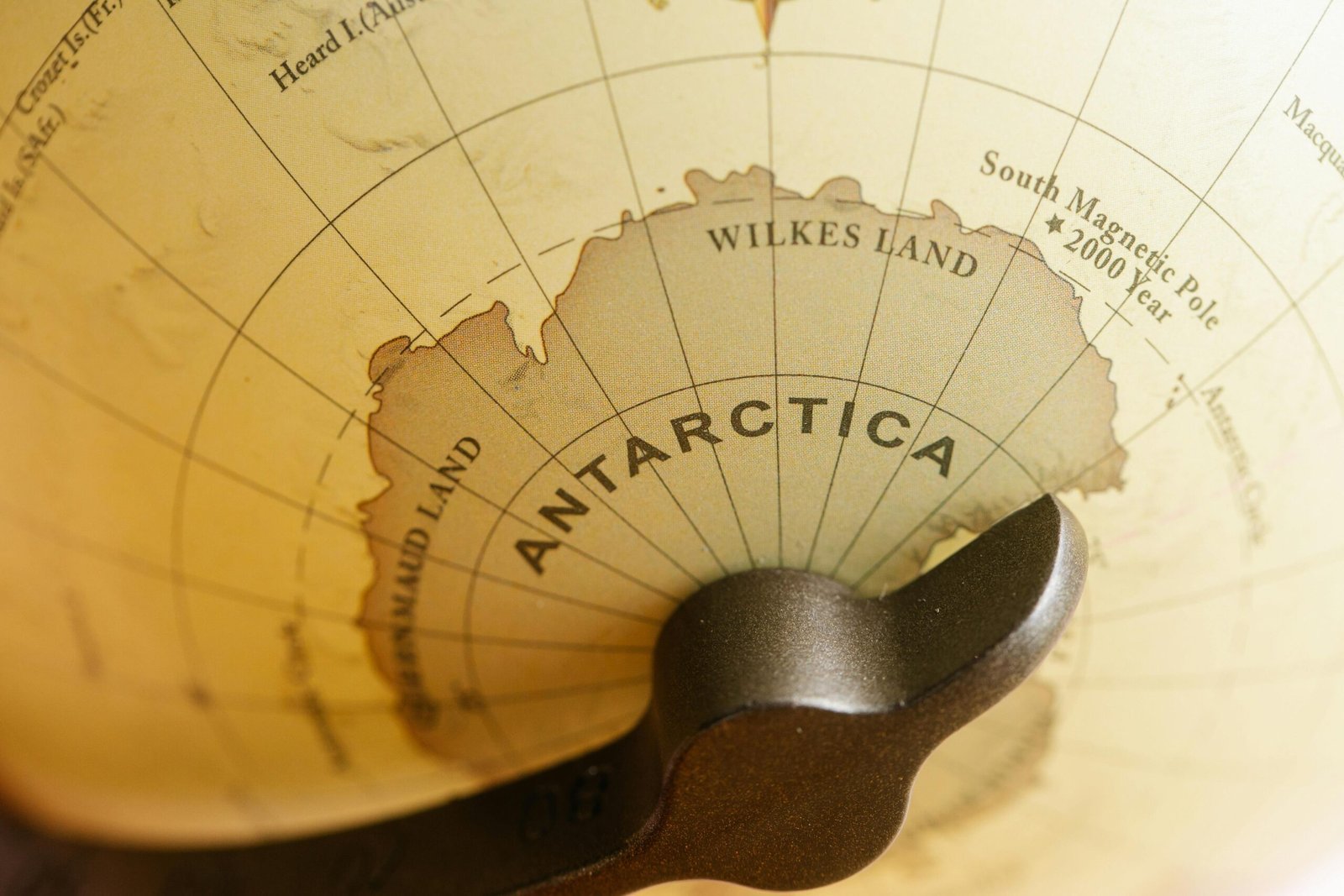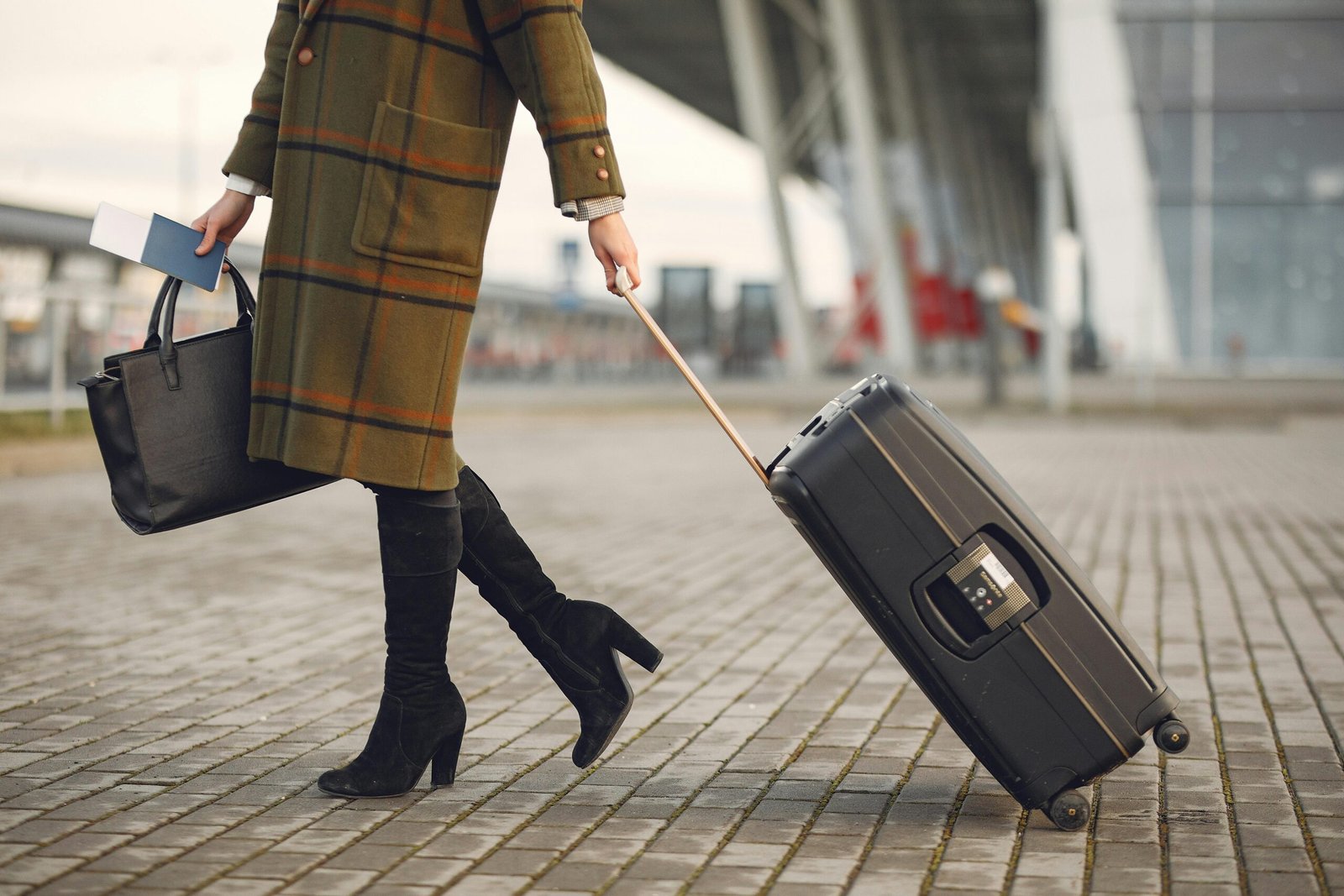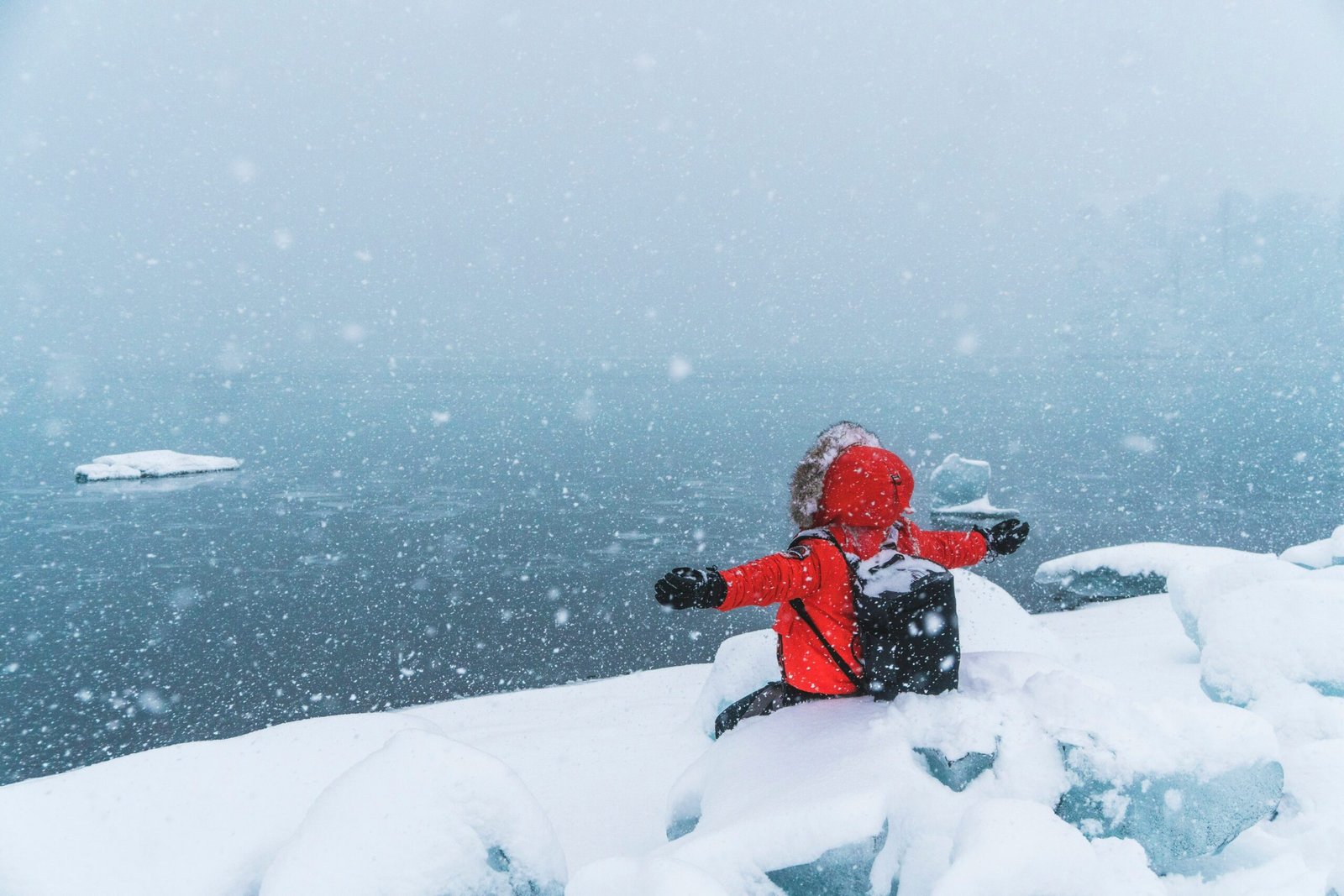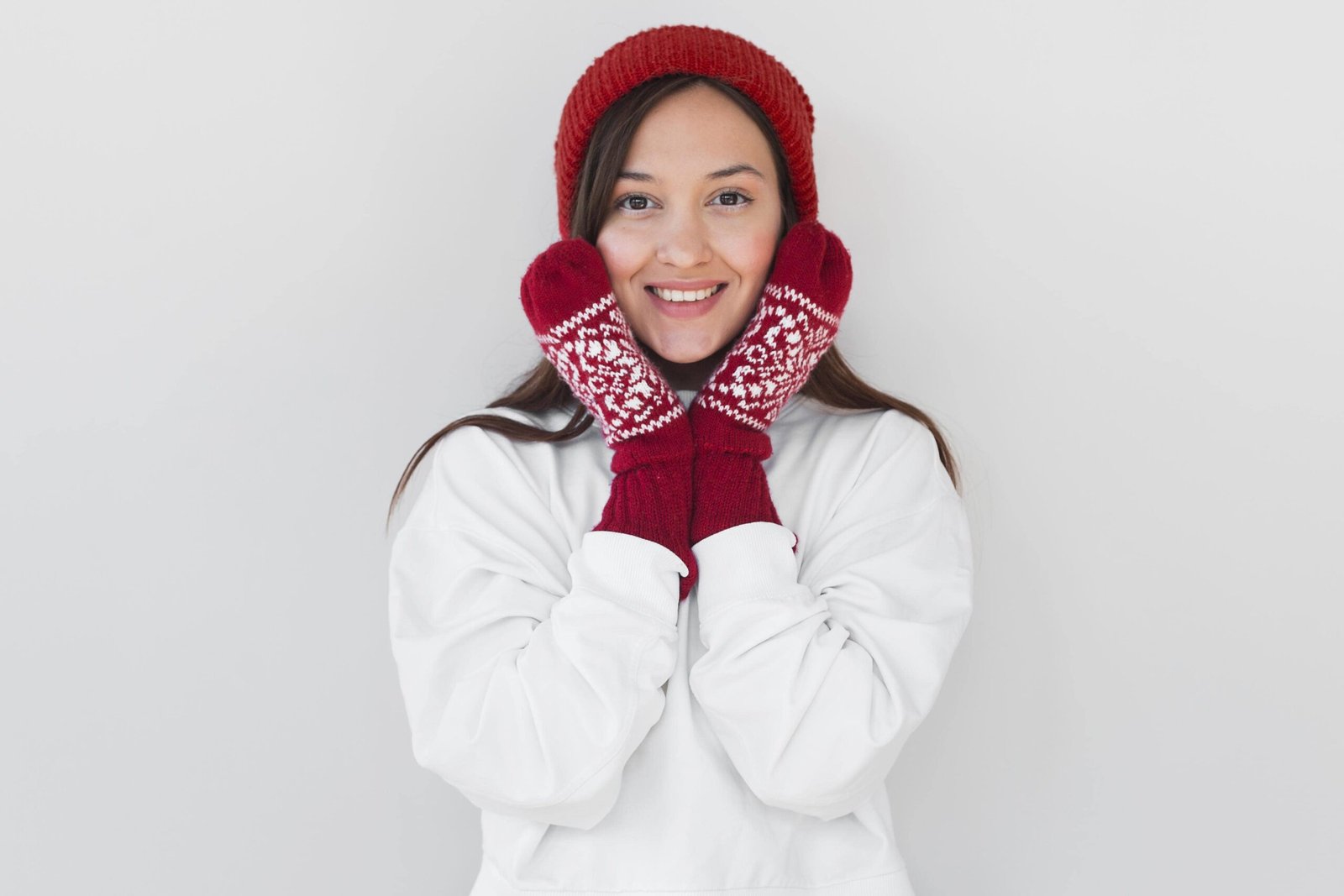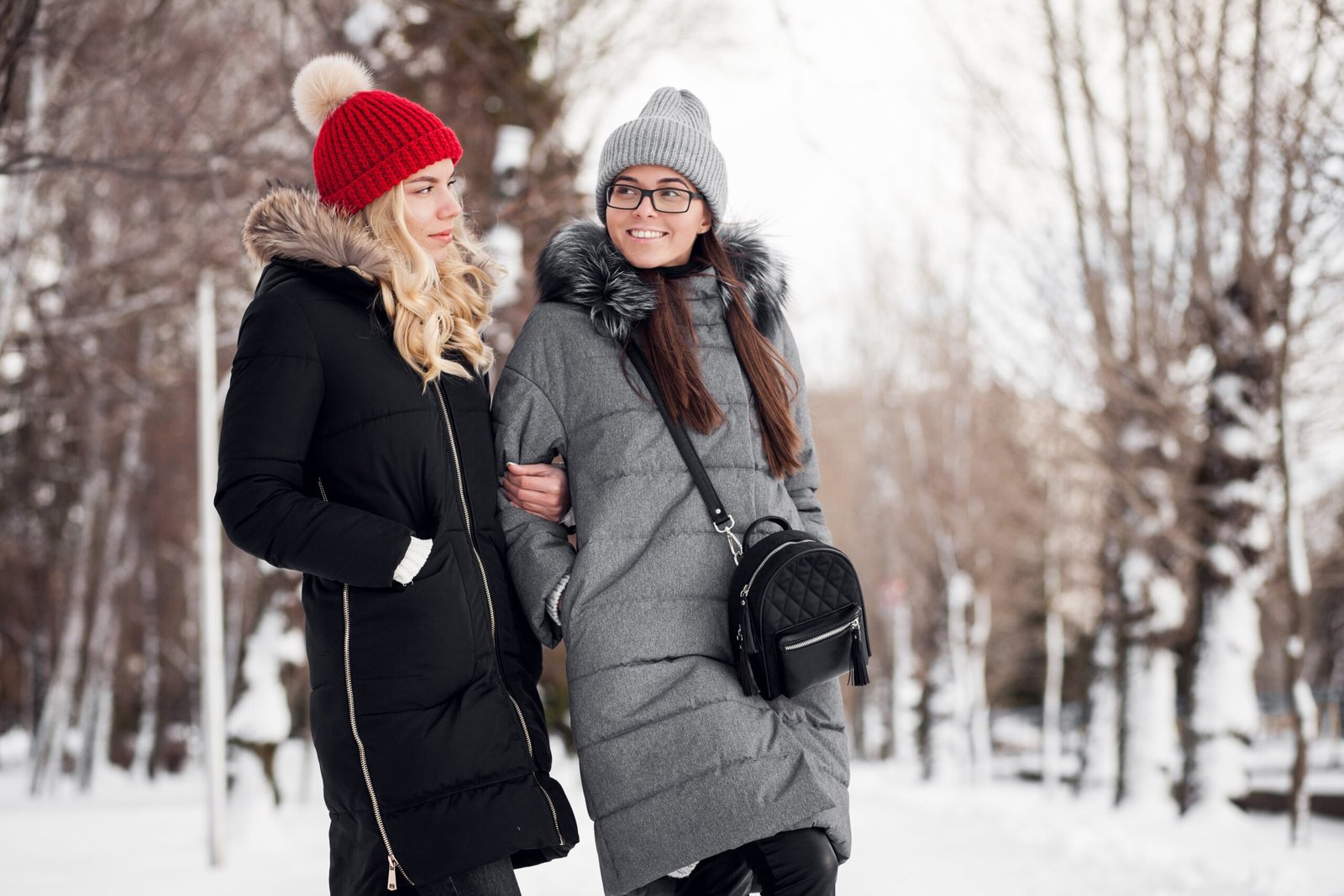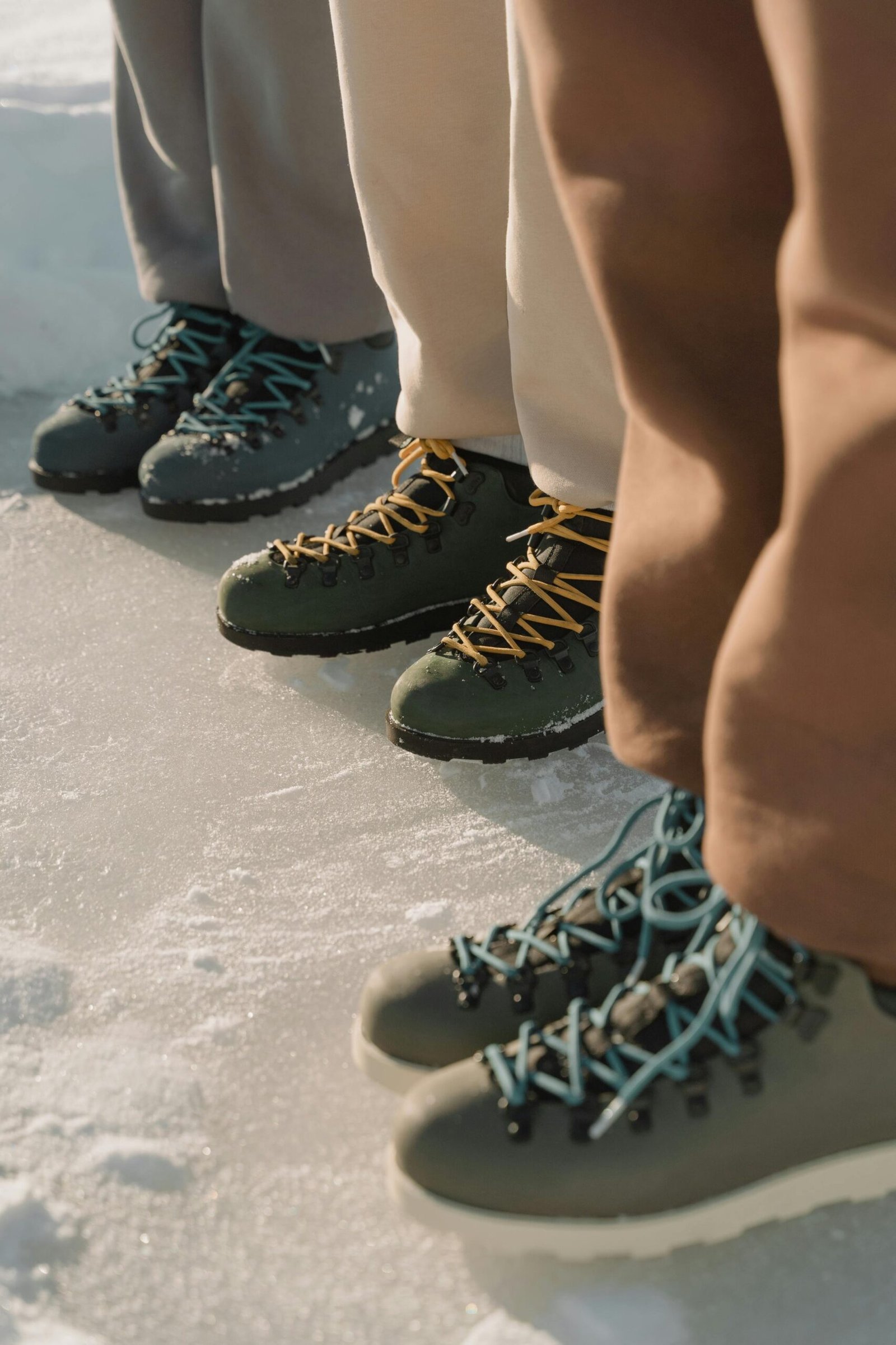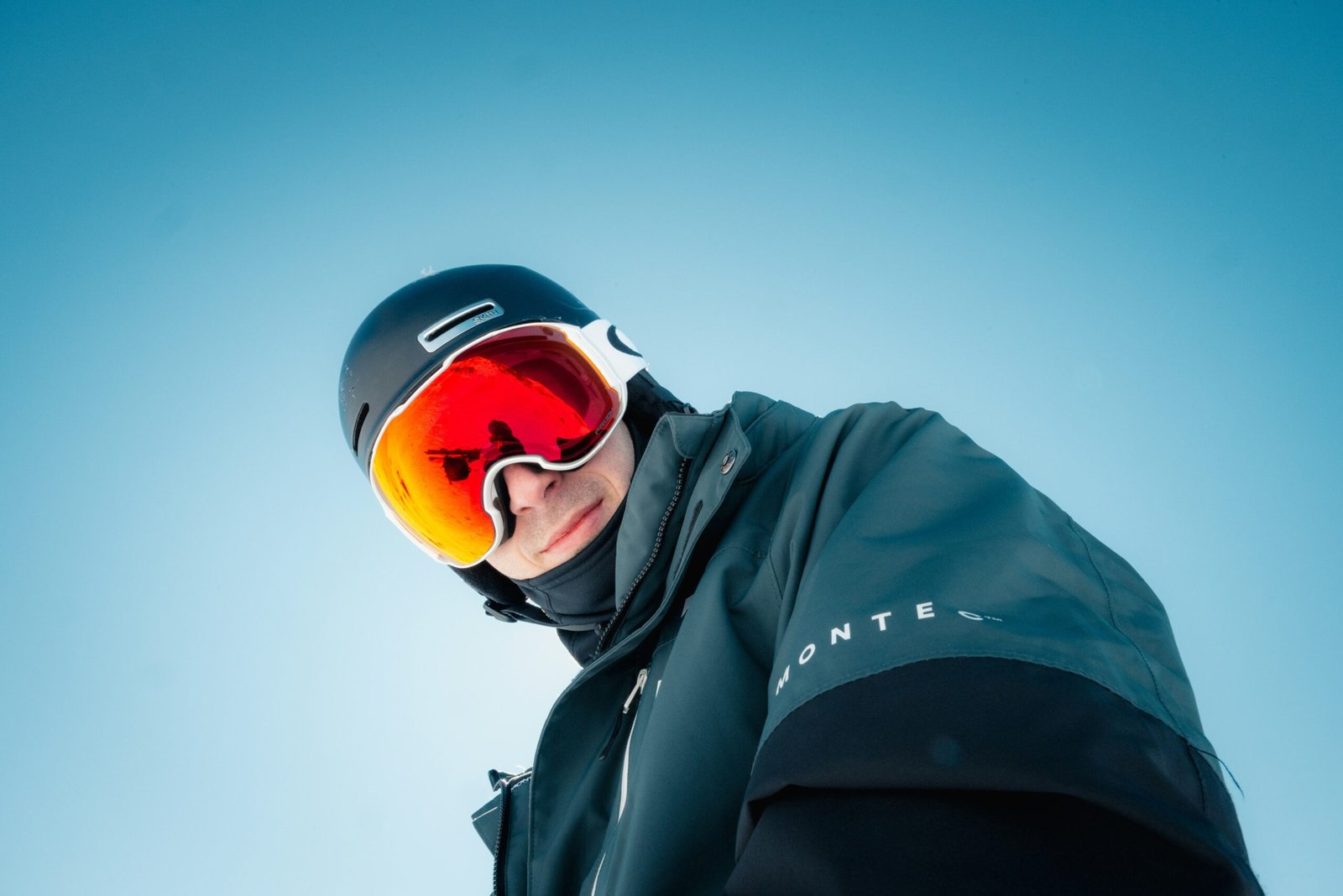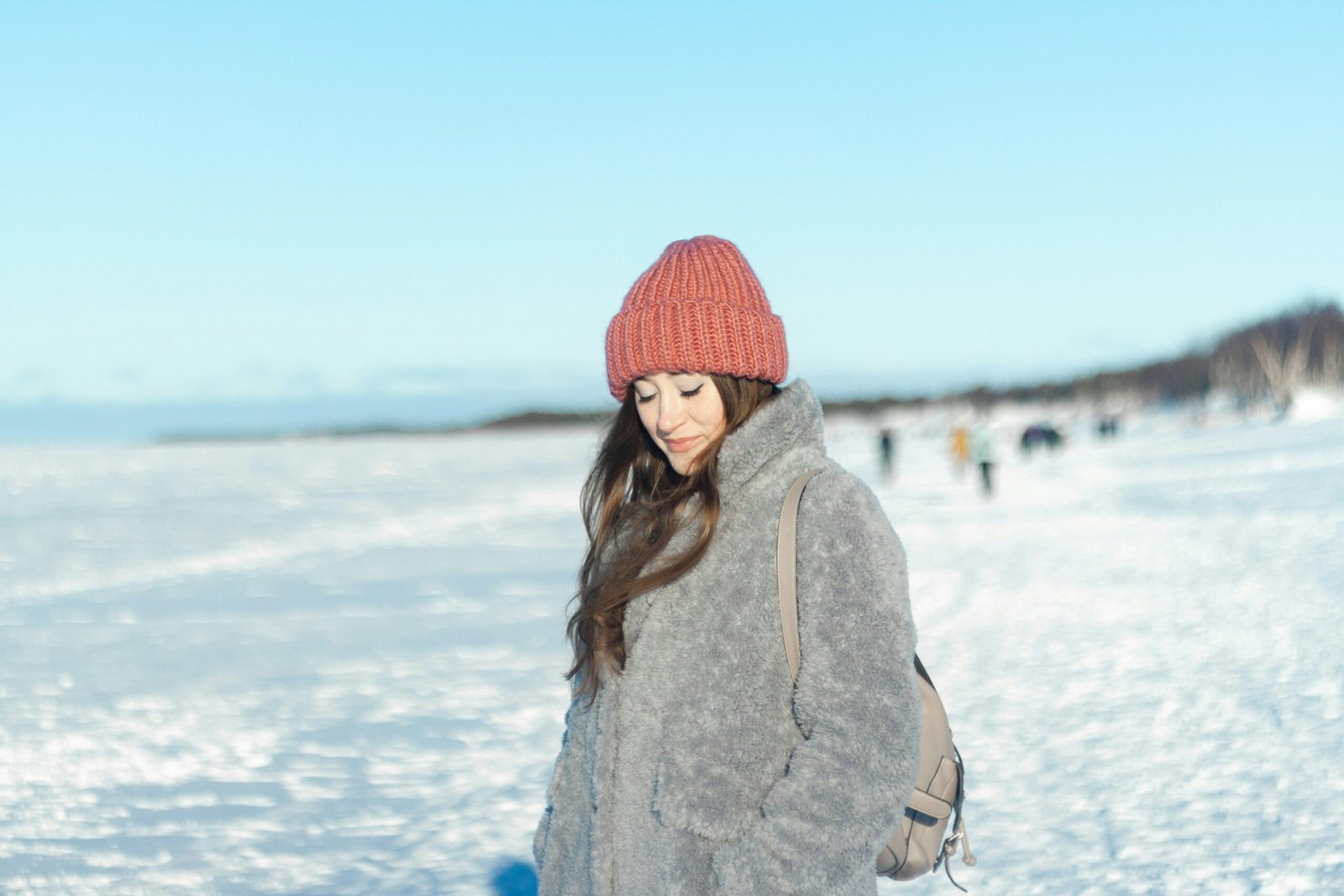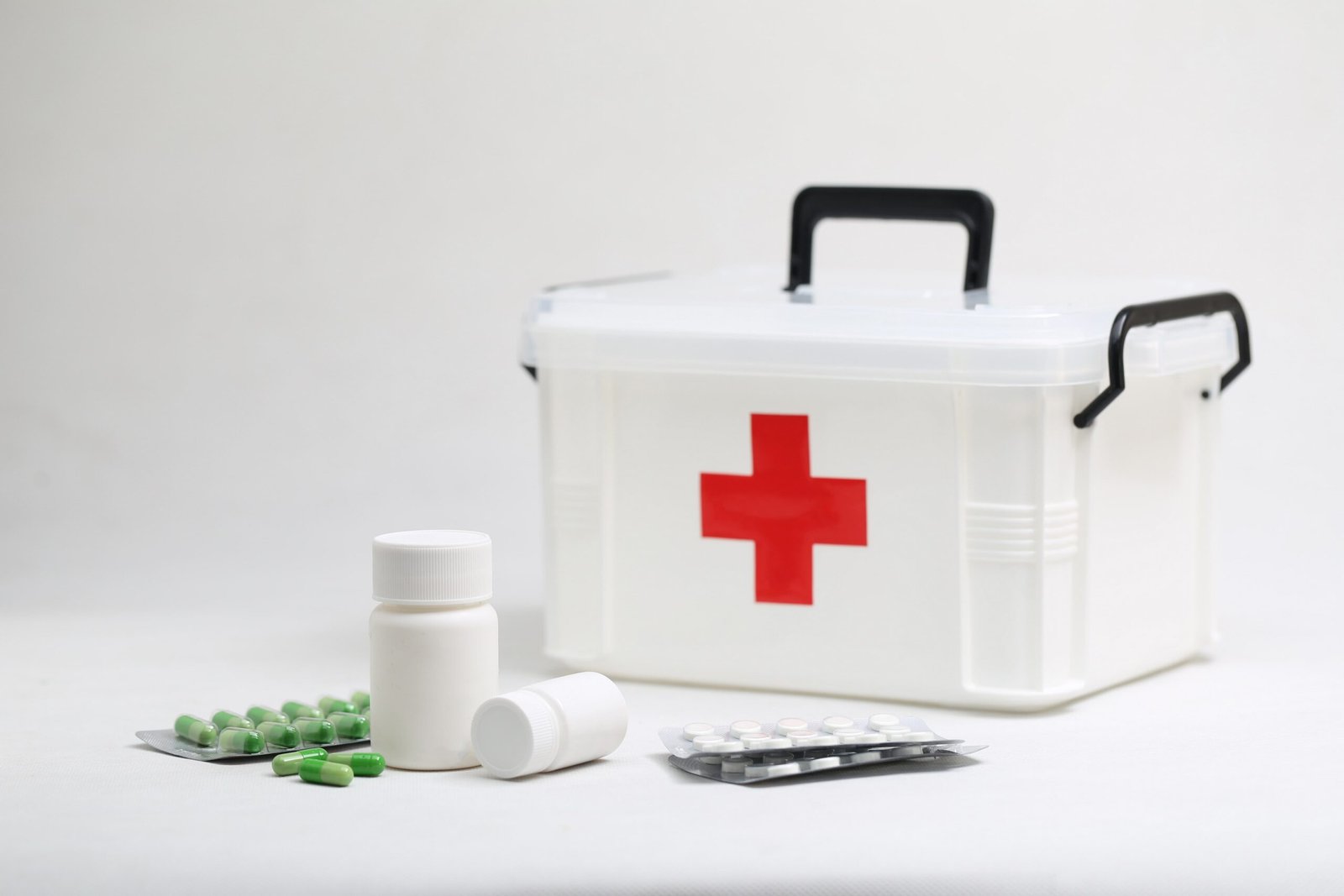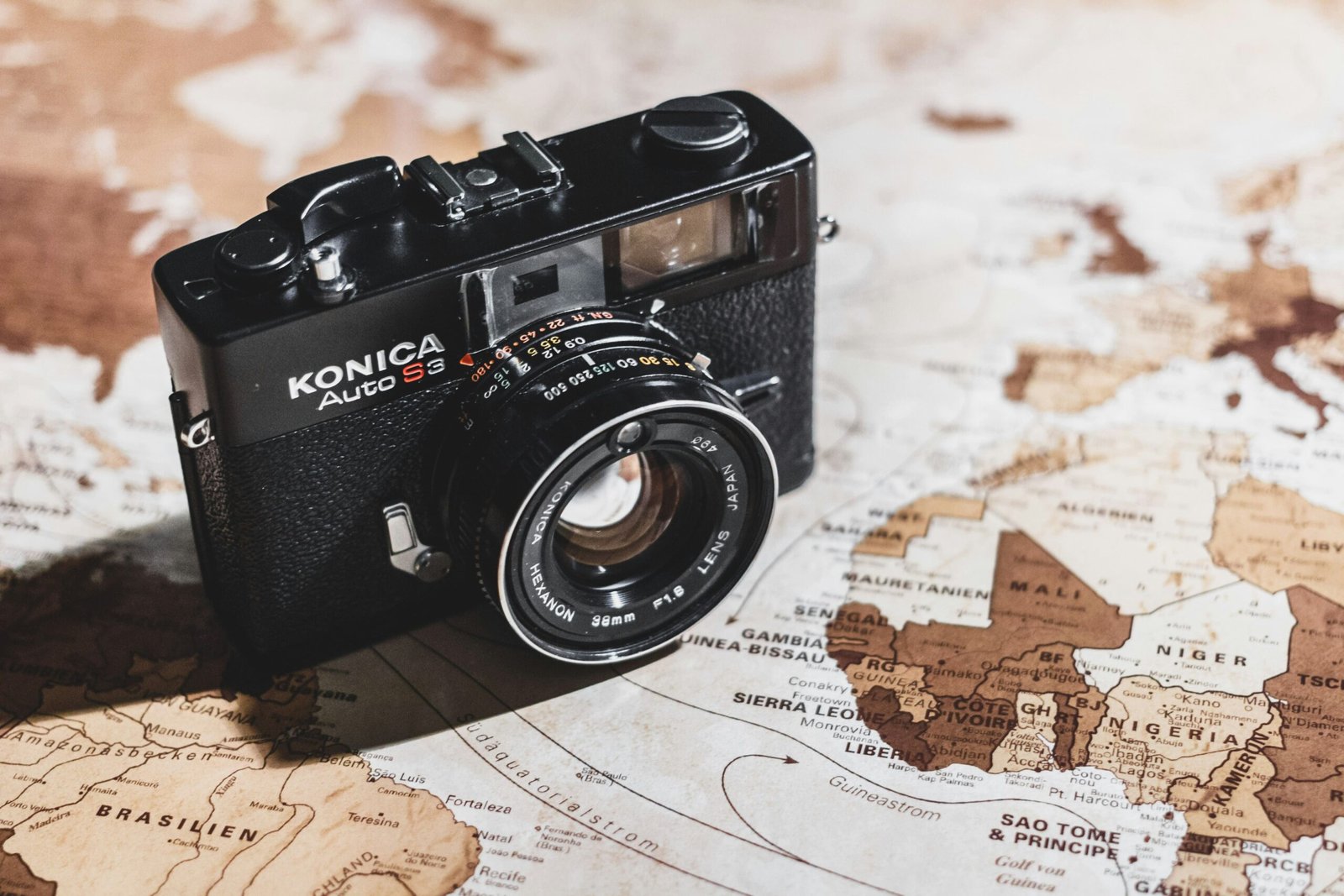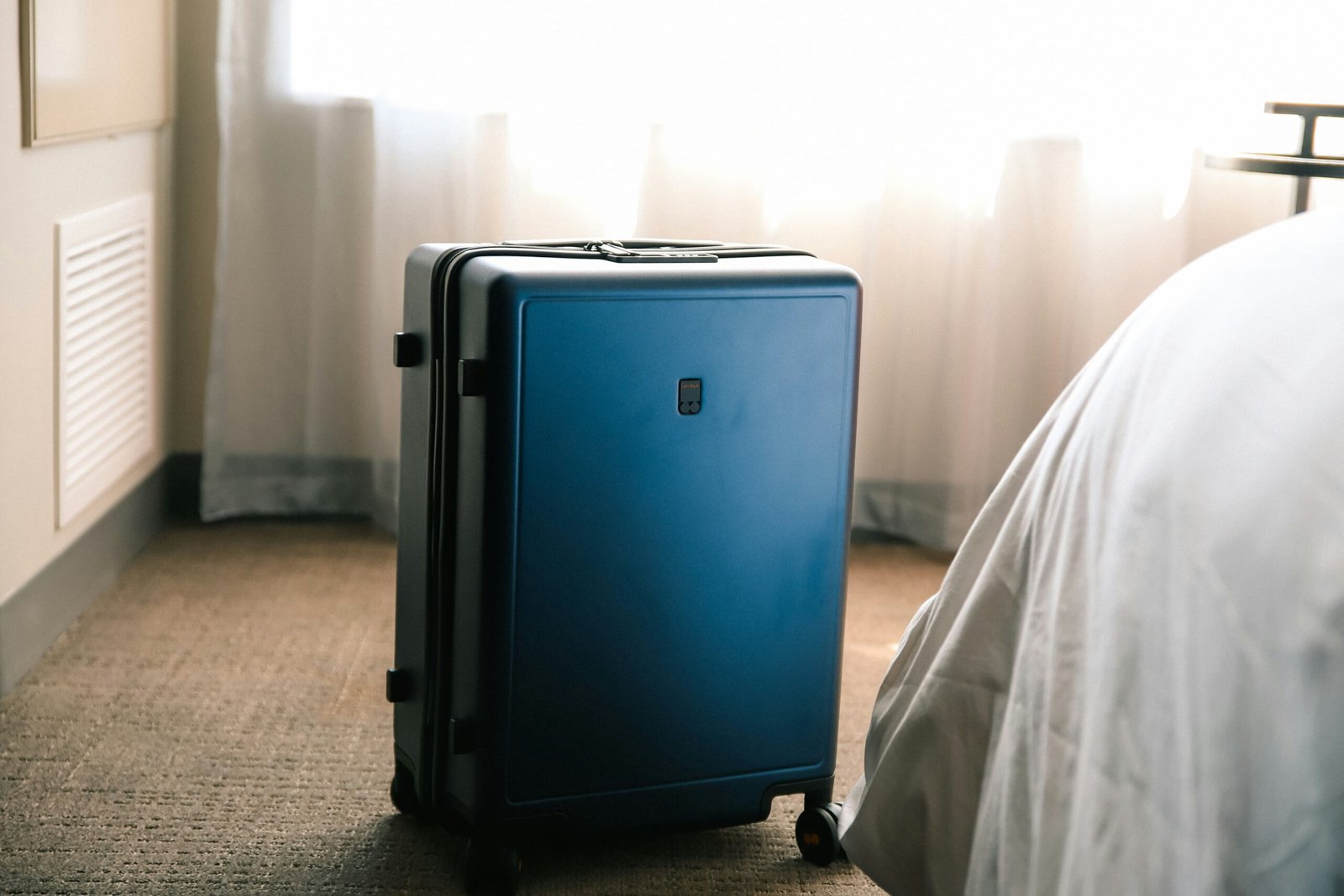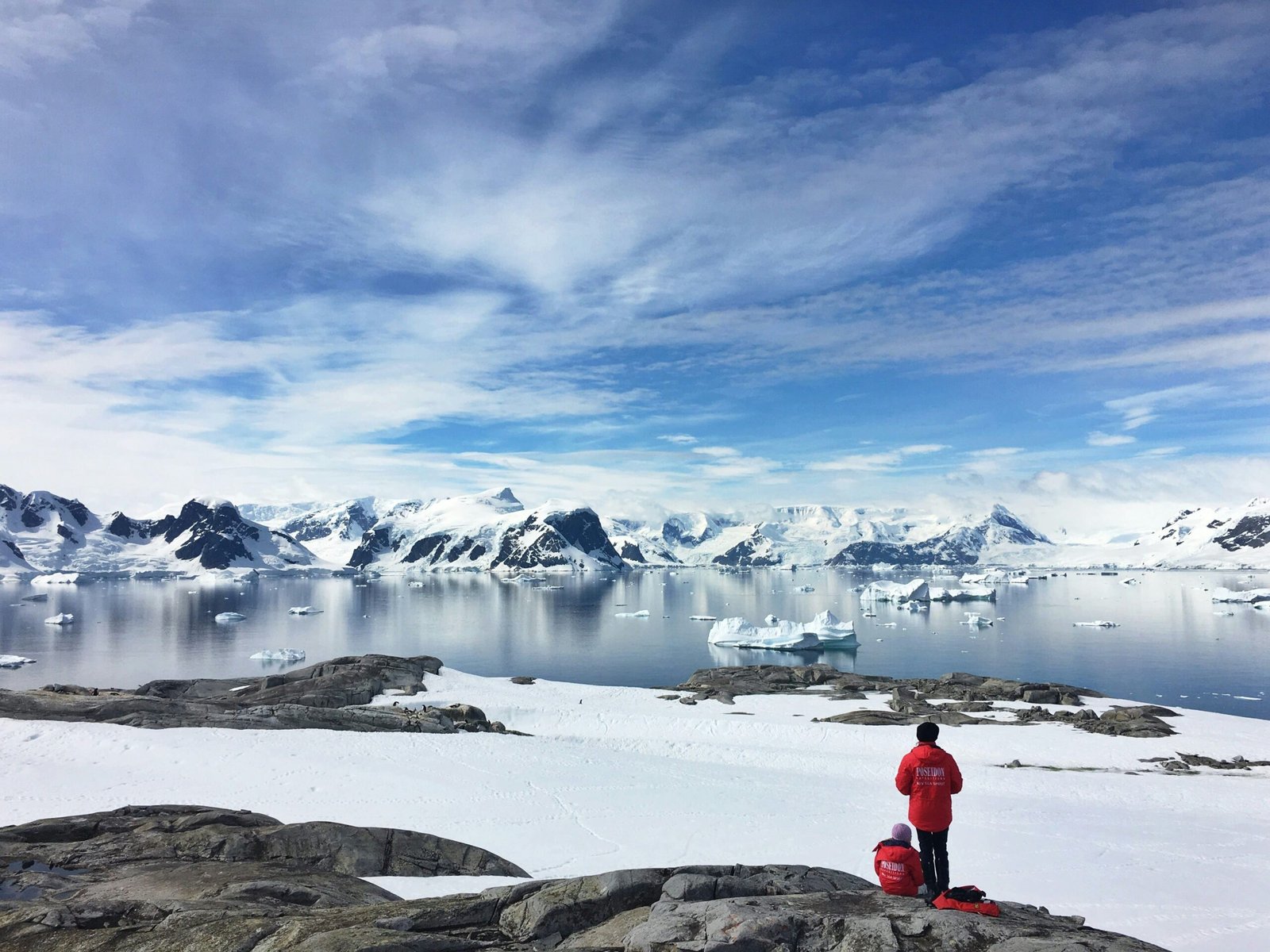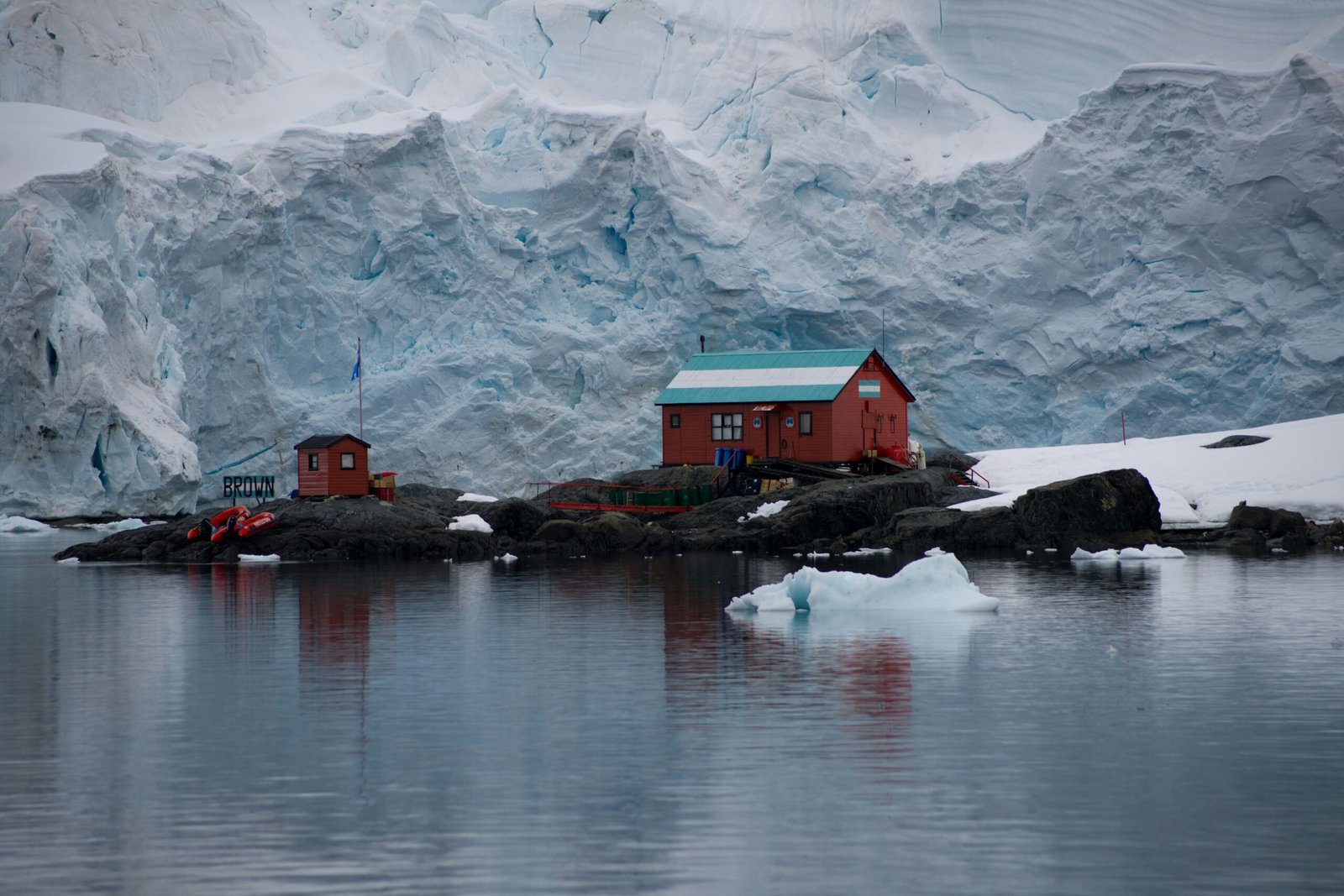This detailed family packing guide for Antarctica is explicitly built for parents travelling with children, covering clothing, gear, toiletries, and practical tips for staying warm, comfortable, and organised throughout your polar journey.
Packing for Antarctica is unlike preparing for any other destination. Luggage allowances are usually tight, conditions are unpredictable, and layering is essential. Travellers must balance efficiency with warmth, and comfort with durability. When packing for Antarctica with family, this balance becomes even more critical.
Children lose heat faster than adults and may struggle with sudden weather changes or restrictive clothing. Parents must ensure that every item packed serves a purpose, fits well, and supports the day’s activities, whether it’s a glacier landing or a long zodiac cruise.
Creating a practical and complete Antarctica packing list can seem overwhelming, but it becomes manageable with the right approach. This blog will guide you through every layer, accessory, and extra that you’ll need to include.
Most Antarctica tours take place during the Southern Hemisphere summer (November to March), when temperatures range from -2°C to 8°C. However, the wind chill factor can make it feel significantly colder. Snow, sleet, and sea spray are part of daily life. You may be warm on the ship, but once you step outside — particularly during landings — the cold is sharp and persistent.
This is where layering for the Antarctica trip comes in. Proper layering creates insulation while allowing you to remove or add garments as conditions shift. Children especially need easy-to-remove layers for comfort and mobility.
A proper base layer should wick moisture away from the skin. Merino wool or synthetic thermal tops and leggings are ideal. Cotton should be avoided, as it holds moisture and loses insulating power.
For families, include at least 2–3 sets of base layers per person. This allows for changes during wet or sweaty days. Make sure children’s thermals fit snugly and feel soft to avoid complaints.
Include them in your Antarctica cruise packing list, as they form the first barrier between the body and the elements.
Mid layers add insulation and are often made of fleece or lightweight down. Consider packing zip-up fleece jackets, down vests, or softshell jackets. These garments should be easy to take on and off, especially for children who might warm up quickly indoors.
Families travelling with younger children should pack an extra mid-layer, as kids are more prone to getting wet during snow play or landings. Good layering ensures they stay warm without being overly bulky.
In most packing tips for an Antarctica tour, this middle layer is where you can adjust the most, depending on your cold tolerance.
Your outer layer is what shields you from the wind, snow, and freezing sea spray. A good parka is often provided on cruises, but always check in advance. Even if included, you may prefer your jacket if travelling with children who need a more flexible or familiar fit.
Insulated, windproof, and waterproof jackets and trousers are essential. You should also include waterproof mittens, face protection like a balaclava or gaiter, and thermal caps with ear flaps.For children, mittens often work better than gloves, keeping their hands warmer. Always pack two pairs in case one set gets wet.
Waterproof insulated boots are usually mandatory for landings. Many cruise lines provide them, but if not, bring knee-high boots with sturdy soles. Include wool socks (not cotton), ideally two pairs per day, to manage moisture and keep feet dry.
Cold weather packing for kids should include toe warmers and extra sock liners, especially for those who are prone to cold feet. Bring a few packets of disposable hand and toe warmers for emergency use.
Add boot liners, gaiters, and an extra pair of shoes for onboard comfort to your Antarctica Luggage Checklist.
Small items make a big difference when packing for Antarctica with family. Sunglasses with UV protection, lip balm with SPF, high-SPF sunscreen, and a reusable water bottle are everyday essentials. Despite the cold, the sun can be intense due to reflection off the snow and water.
Include scarves, neck warmers, and a high-quality moisturiser. Windburn and dryness are common. Also, consider packing ear muffs or fleece headbands, especially for children who might resist wearing hoods for long periods.
Inside the ship, temperatures are comfortable. You’ll need casual, breathable clothes for meals, lectures, and lounging. Trousers, long-sleeved tees, a jumper or two, and indoor shoes are sufficient.
For children, pack soft pyjamas, a few favourite books, and entertainment items such as drawing kits, puzzles, or offline games. Motion sickness medication, child-safe earplugs, and reusable water bottles are a must.
A well-organised day bag with essentials — snacks, wipes, extra gloves, and hand warmers — helps make daily outings smoother and is part of any good family travel gear for Antarctica.
Your Antarctica tour essentials must include a small, well-stocked medical kit. Ships usually have a doctor, but access to specific brands may be limited. Include:
Cruises may restrict certain medications on board, so always carry prescriptions with proper documentation. Check in advance if any vaccinations are required or recommended.
Antarctica is visually breathtaking, so photography is a big part of most trips. Pack a good camera, waterproof casing, extra batteries, and plenty of memory cards. Cold weather can drain batteries quickly, so store them inside your jacket pocket.
Also pack a power bank, travel adaptor, and charging cables. For families, bring tablets with offline content, wireless headphones, and a few comfort items to help children wind down in the evenings.
When writing your Antarctica cruise packing list, keep all electronics in waterproof bags or dry cases.
With luggage limitations on flights to Ushuaia or Punta Arenas (common starting points), every item needs to earn its place. Use packing cubes to organise by family member or function. Vacuum bags can reduce space, especially for bulky items like puffers and fleece.
Labelling children’s gear makes life easier. Your Antarctica trip family preparation should include trying on all gear in advance, especially footwear, to avoid surprises during the journey.
Create a small folder with printed travel documents, cruise check-in info, emergency contacts, and copies of passports.
To wrap up, here are some extra suggestions that come up often in conversations with families travelling south:
The most essential item in your luggage might be patience. Weather can delay landings, seas may be choppy, and routines disrupted, but with the right gear and mindset, the experience is unforgettable.
We help you prepare not just physically, but mentally and emotionally for a destination that is raw, real, and moving.
Families travel differently, and with Meraki, those differences are celebrated and supported at every step.
Here’s a quick breakdown to refer to as you start building your family’s luggage:
Packing with intention allows your family to focus on the joy of discovery. Antarctica may be the coldest continent, but the memories you build there are some of the warmest.
